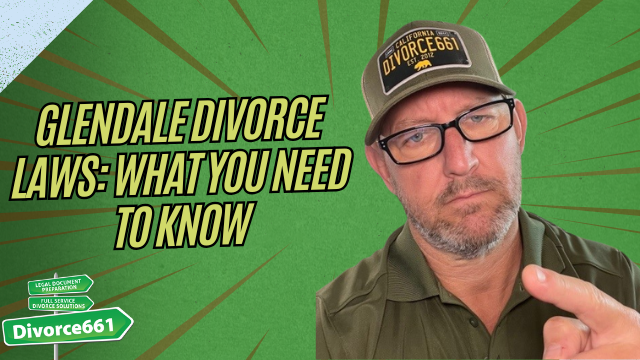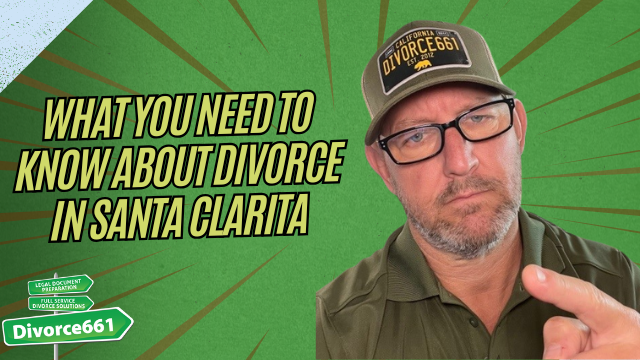Best Grounds for Divorce to Use in an Uncontested Los Angeles Divorce
If you are filing for divorce in California, there is a simple fact that changes how most cases are framed: California is a no-fault state. That means when you file, you do not need to explain why the marriage failed or assign blame. You simply check a box for irreconcilable differences and move forward.
California is a no-fault state so when you go to file for divorce you’re only marking irreconcilable differences the court doesn’t care or ask why you’re getting a divorce
What “no-fault” actually means
No-fault divorce means the court does not require evidence that one spouse caused the breakdown of the marriage. In practice, the usual ground used is irreconcilable differences. The goal is to keep the process focused on resolving practical issues—property division, support, custody—rather than digging into personal grievances.
Why use irreconcilable differences for an uncontested Los Angeles divorce
For an uncontested divorce—where both spouses agree on terms—irreconcilable differences is the obvious and most practical choice. Here are the benefits:
- Simplicity: No need to draft lengthy allegations or gather proof of misconduct.
- Speed: Fewer contested issues mean a quicker path to finalizing the divorce.
- Cost effectiveness: Less litigation, fewer hearings, and lower attorney fees.
- Privacy: Personal details and accusations are less likely to enter the public record.
- Focus on resolution: Both parties can concentrate on negotiating fair terms instead of proving fault.
Practical tips for keeping the divorce uncontested
Using no-fault grounds sets the tone, but behavior and preparation determine whether the case remains uncontested. Consider these steps:
- Prepare a clear settlement agreement: Put custody, visitation, support, and property division in writing so both sides know what to expect.
- Full financial disclosure: Honesty about assets and debts prevents later disputes and potential challenges.
- Avoid airing grievances: Refrain from making accusations in court documents unless absolutely necessary.
- Be mindful of asset dissipation: While fault is not used to establish the divorce itself, hiding or spending marital assets wastefully can affect the settlement.
- Use neutral language: Draft documents and communications that focus on facts and solutions rather than emotion.
When fault can still matter
Although the divorce itself proceeds on a no-fault basis, certain behaviors can still influence outcomes in limited ways:
- Dissipation of assets: Intentional waste or hiding of marital property can lead to unequal distribution.
- Domestic violence: Safety concerns can trigger restraining orders and affect custody decisions, since the court prioritizes the child’s best interest.
- Tax and debt issues: Financial misconduct may complicate how liabilities and responsibilities are allocated.
These are exceptions, not reasons to change your grounds for divorce. They do, however, show why a measured and strategic approach is important.
Final takeaway
For most people in Los Angeles and across California, the best ground to use in an uncontested divorce is irreconcilable differences. It streamlines the process, reduces conflict, and keeps the court focused on fair resolutions rather than personal blame. Use the no-fault framework to prioritize settlement, protect privacy, and move toward a clean legal separation with as little friction as possible.
If your situation is complex
Consider consulting a family law professional if there are large assets, business interests, allegations of abuse, or complex child custody concerns. Getting the right advice early can prevent avoidable mistakes and protect your rights during the process.










